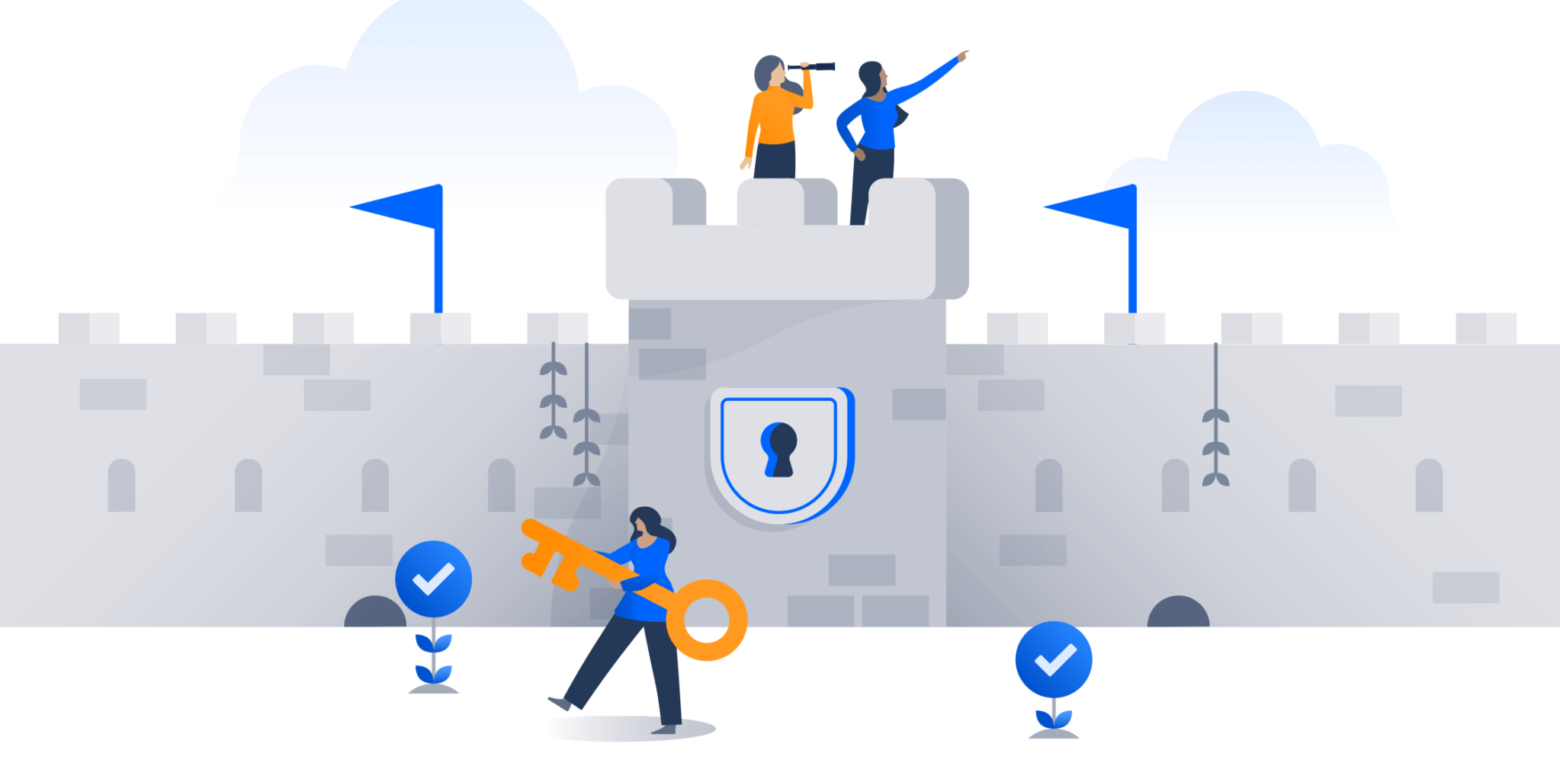Here’s how cloud can solve modern cybersecurity problems that legacy systems can’t.
Cybersecurity is a top-of-mind initiative for IT departments around the world. And for good reason – digital threats are evolving that can affect a business’s workforce and the customers they serve. Also known as the “walled castle” of network security, cybersecurity has been rebuilt by Cloud providers who share the responsibility of managing and protecting data, lightening the load for IT admins. While IT departments are still responsible for setting their own cybersecurity policies, more and more organizations are offloading security to cloud providers.
Cloud providers can better meet the demands of today’s workforce and provide a sustainable, scalable cybersecurity solution for the future of work. According to a report by Fortune Business Insights, the global cybersecurity market size is projected to eclipse $375 billion by 2029. And the rise of e-commerce platforms and SaaS businesses is a big reason why. Because of the increasing popularity of hybrid work in these industries, organizations realize that they need to invest in new security measures that can rise to the challenges of their legacy security systems.
We’ve got the lowdown on legacy data storage challenges
Successful organizations know to stay ahead of the curve to remain competitive. But a common pitfall is investing purely in things like employee growth, research and development, or acquisitions while leaving IT maintenance by the wayside. After decades of neglecting legacy security systems, these organizations expose themselves to cybersecurity threats and other unnecessary challenges.
Some common legacy system challenges include:
- Not being able to access data quickly
- Retrieving possible outdated or inaccurate data due to slow data refreshes
- Spending too much money and resources on legacy data warehouses and maintenance
- Not having built-in predictive analytics supported by AI
- Not having the agility or flexibility needed to maintain and analyze data at pace with real-time needs
- Not being able to classify or control encrypted traffic (95% of the traffic Google sees is encrypted), which means there’s a greater risk of data exposure or misuse
Cybersecurity benefits of a Cloud-first approach
Cloud solutions provide organizations with unrivaled performance and scalability while allowing globally distributed teams to access their applications with just a few clicks. Typically, cloud data is protected through cloud storage, disaster recovery, backups, and zero-trust protocols. All of these are designed to protect against the event of a malware breach, data loss, or vulnerability exploit.
Here’s how cloud cybersecurity has solved legacy security challenges:
- Offloading security to a Cloud provider can reduce the IT overhead by up to 40%, all while giving IT leaders the flexibility to scale with demand.
- Cloud security features offer better protection against attacks due to the limited time malicious users have had to identify protection gaps.
- Cloud security is designed integration-ready and support is immediately provided.
- Cloud helps organizations adhere to changing compliance regulations quicker than legacy hardware.
- Cloud security allows organizations to adapt to the needs of the end-user by altering business models rather than sticking to the limitations of old technology.
Cloud has myriad benefits that improve the security of your data and applications. Cloud data protection programs ensure that users can only access the data that’s relevant to their particular project or use case. This helps keep organizations up to date with ever-changing compliance and regulation concerns by streamlining the record-keeping process, and in many cases, automating it and allowing teams to focus on other goals.
Leaving legacy security systems behind in favor of cloud
Legacy cybersecurity protection relies heavily on hardware upgrades to keep up with new technologies and business needs. This leads to a “stapling-on” of new components that risk incompatibility. Unless an organization has maintained the support of the same IT leadership team, who has planned hardware upgrades carefully, the resulting legacy solution can easily become a Lego house of spare cybersecurity parts. In other words, many legacy systems lack synergy since their ecosystem isn’t built cohesively.
Upgrading legacy systems via additional hardware to improve performance is not only costly but impractical. By offloading cybersecurity maintenance to a cloud provider, businesses avoid lapses in coverage, save time and money, and free up their IT teams to focus on larger projects.
To learn more about digital transformations, including tips and mindsets to support a successful journey, download the guide to digital transformation.
